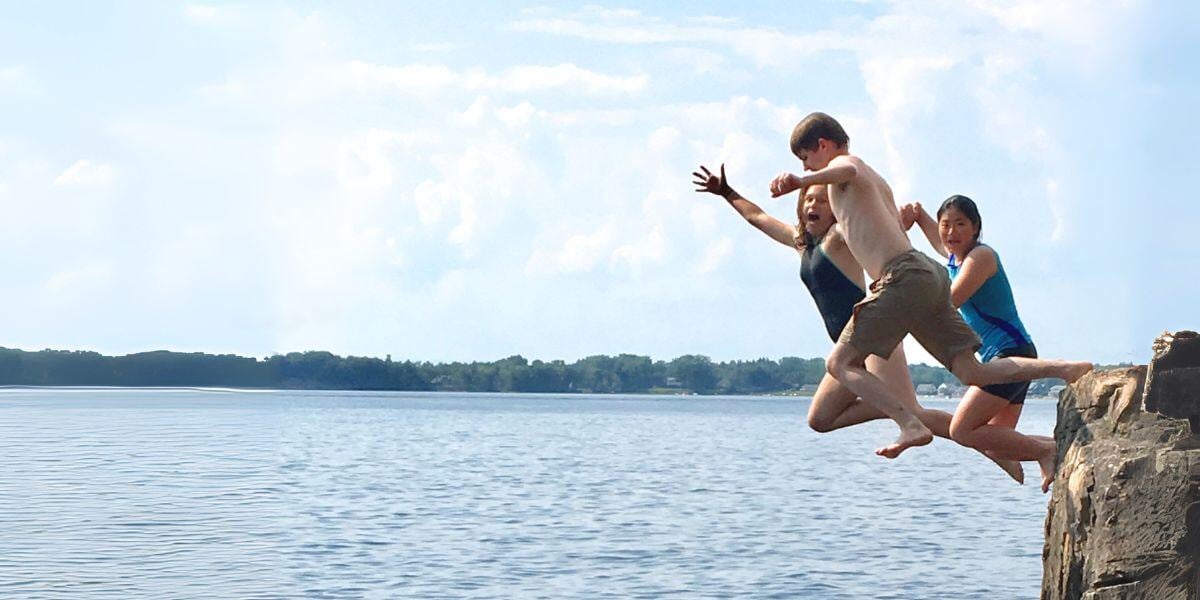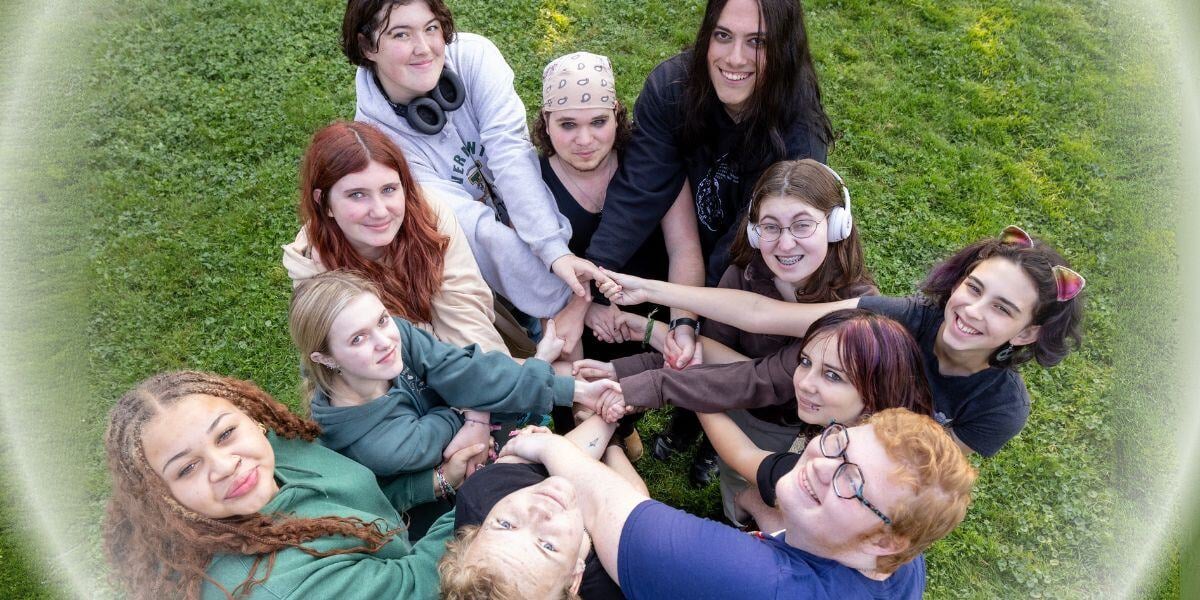Confidence, Risk, and the Teenage Brain: How to Help Students Grow
"How can I help my teen build self-confidence—without tipping into overconfidence?" It's a question many parents ask, and it captures one of the...
3 min read
 Ryan Weiland
:
April 24, 2025
Ryan Weiland
:
April 24, 2025

"How can I help my teen build self-confidence—without tipping into overconfidence?" It's a question many parents ask, and it captures one of the complications of teen life. We want our young people to be confident in themselves, but we don't want them to be overconfident to the point of taking dangerous risks. Risk and confidence are both intricately tied to adolescent development, and it is so important that teens build their confidence and learn their limits through taking healthy risks. When teens develop these attributes, they are empowered to make informed decisions, embrace opportunities, and build resilience for the future.
Recent studies have shown that teens' self-confidence has dropped precipitously in the last five years. We know that young people who are not confident are more likely to participate in self-destructive (cutting, bullying, using substances, etc.) behaviors and avoid participating in school, sports, the arts, and other healthy outlets. Confidence shapes how teens interact with the world. Self-assured adolescents are more likely to pursue their passions, handle setbacks effectively, and develop strong relationships. Confidence is about trusting one's abilities and judgment, which we all want our children to learn to do. Teenagers who trust themselves are more willing to explore new experiences and step outside their comfort zones.
 Encouragement and Support:
Encouragement and Support:Parents, teachers, and mentors should provide positive reinforcement, particularly around effort and hard work. It is easy to praise students when they receive awards, get A's, or win games, but we also need to focus on praising young people for their daily efforts. We have to acknowledge that for some students, simply getting up and going to school on some days is a brave thing to do, and it's good to recognize that out loud to them.
Encouraging adolescents to participate in extracurricular activities, sports, or hobbies helps them master new skills and gain confidence in their abilities. Even something as simple as learning a new craft has been shown to increase self-confidence.
Teaching teens how to handle failure by viewing setbacks as learning experiences foster resilience and confidence. It's important that teens see failure as a regular occurrence in their lives and not as a catastrophic event. Parents and teachers can help by talking about their own failures and how they recovered.
As parents and educators, it can be so tempting to swoop in and solve problems for our teens. Ultimately, this can harm their confidence and create an overreliance on adults. If you can stay curious, ask questions, and let them talk through their solutions, the results will often be better. It's also critical to give them the opportunity to take responsibility for their actions.
Taking risks is a natural part of adolescence. As the adolescent brain develops, it becomes more sensitive to dopamine, the neurotransmitter that processes rewards. Adolescent brains release more dopamine when they perceive a "reward," such as a positive outcome from taking a risk. We also know that the teenage brain is still developing and does not have a fully developed prefrontal cortex, the part of the brain involved in decision-making. This brain chemistry and development, coupled with the social norms of teenage behavior, make teens more likely to engage in "risks" than adults.
As adults, seeing teenagers take risks can feel scary, but we have to remember that not all risks are unhealthy. Taking risks allows teens to test boundaries, learn from their mistakes, and discover their potential. Risks like trying out for a play, asking a crush on a date, or standing up for a friend can be beneficial.

Help adolescents understand that stepping outside their comfort zones is essential for growth. Talking about a "growth mindset" in the classroom can build this tolerance for discomfort. Also, identifying when you feel nervous or uncomfortable when taking a risk can help teenagers frame their own uncomfortable feelings as part of everyday life.
Parents and educators can share their experiences of overcoming fears and taking risks to show teens that challenges can lead to rewards. One of the best ways we have found to help our students try a new activity, which can feel very "risky," is to try it alongside them. It's much easier to fall twenty times while learning to snowboard if your teacher falls right next to you!
It can be tempting to protect young people from all risks, but providing safe and healthy options for risk-taking can help teens get a needed dopamine hit without being in danger. For example, offering leadership opportunities can help them stretch themselves in a healthy way. Also, make sure teens receive instruction and proper equipment for the physical risk-taking activities that help them feel good. Our favorite "healthy risk" activities include skateboarding, rock climbing, and cold plunging in the lake!
Help teens analyze risks and rewards by discussing potential outcomes, assessing options, and making informed choices. Walk them through how you made a decision and all the thought that went into it.
When young people build confidence and embrace healthy risk-taking, they become more adaptable, self-reliant, and willing to take on challenges, whether in academics or personal growth. Self-confidence and calculated risks can open doors to new experiences, relationships, and achievements that help our teens grow in meaningful ways.
Fostering these qualities in adolescents equips them with the tools to navigate life with courage and resilience. As mentors, parents, and educators, our role is to provide guidance, support, and encouragement to help teens achieve their goals and become more independent.
https://developingadolescent.semel.ucla.edu/topics/item/science-of-risk-taking

"How can I help my teen build self-confidence—without tipping into overconfidence?" It's a question many parents ask, and it captures one of the...

In the small, beautiful, lakeside community of Burlington, there are both the advantages of a city — public transportation, rich cultural...

Adolescence is a time of enormous growth and self-discovery. As teens navigate who they are, how they fit in, and what matters to them, they need...